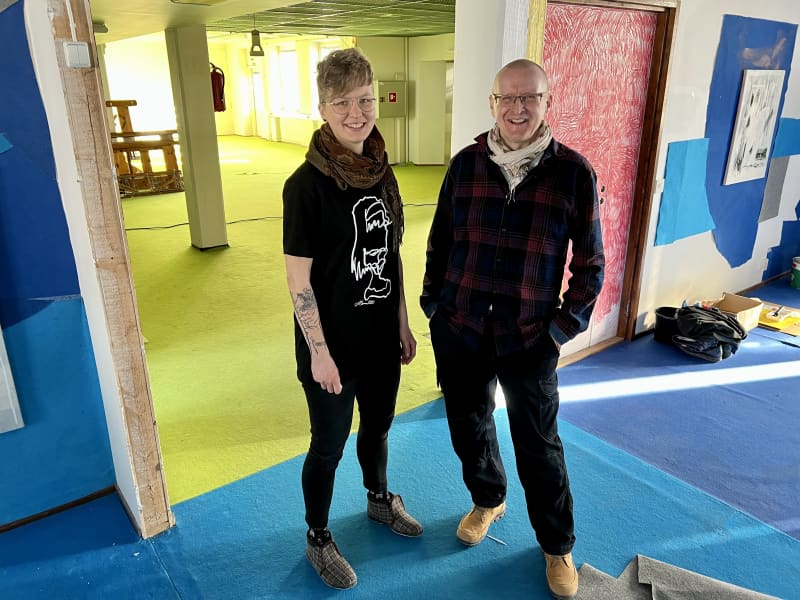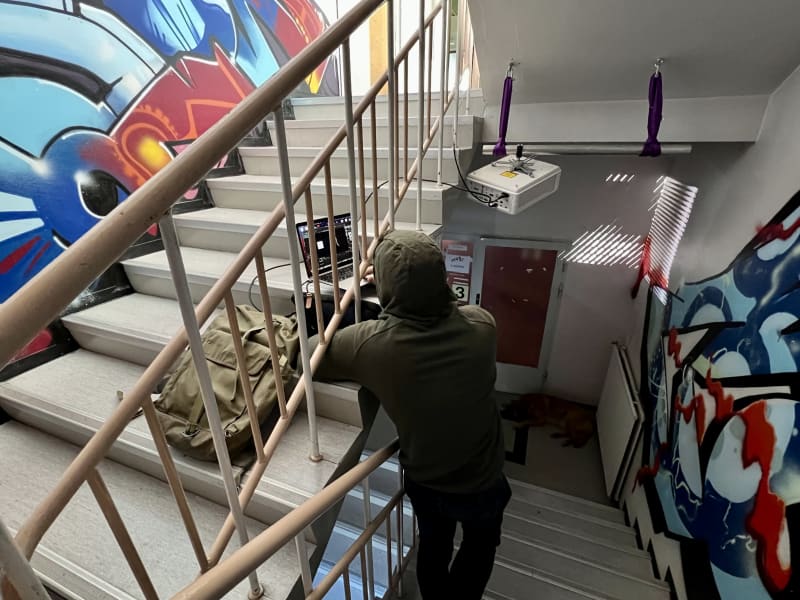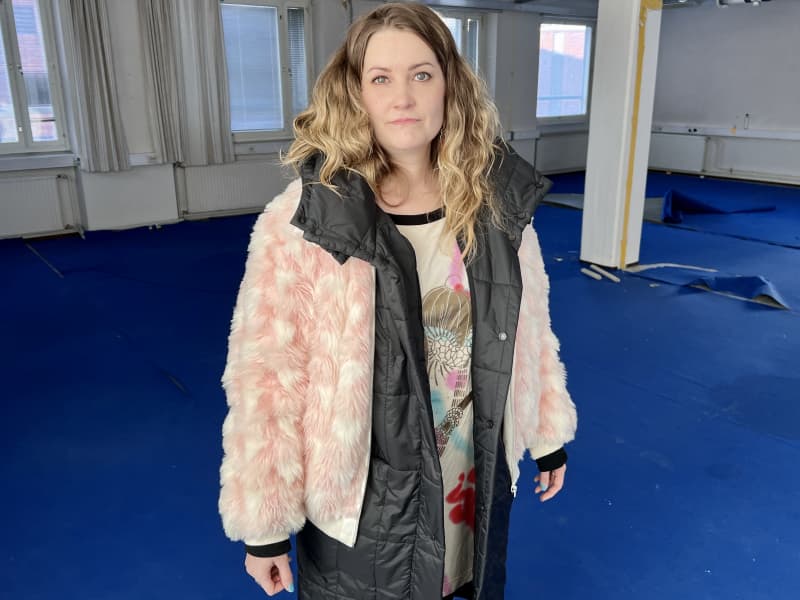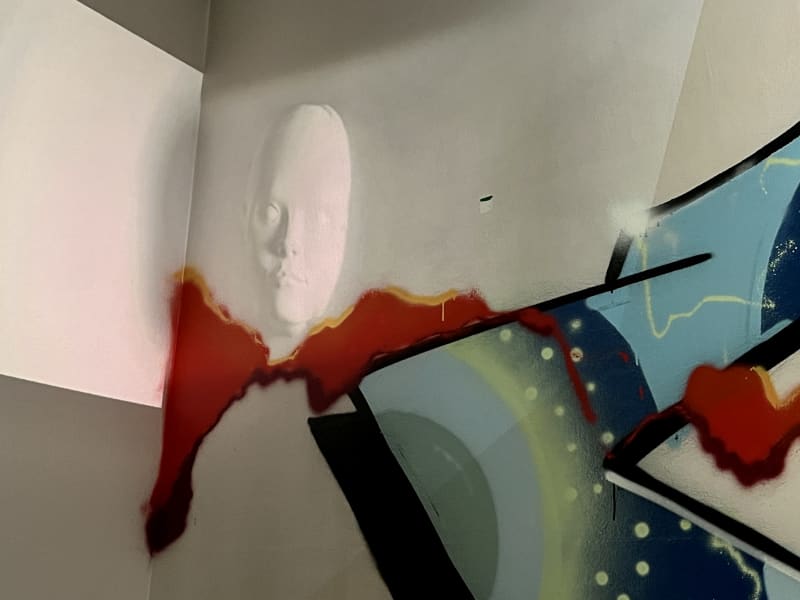The demolition art house in Kerava attracted tens of thousands of visitors. We hope for a similar result in Tampere next summer. The artist is not upset, even if the work disappears.
The four-story, fairly ordinary-looking building located on Pinninkatu in Tampere will be demolished in the fall, but before then it will undergo a complete makeover.
The building will be transformed into a total work of art open to the public during the summer. The building’s walls, stairwells and rooms will be filled with art in a variety of ways.

The project, which goes by the name Pinni47, is a pilot project that investigates how the demolished buildings could be used in the future to enliven the center of Tampere with the help of art and culture.
Derkutaidetalo opens at the beginning of June and is open until the end of July. When the building is demolished in the fall, it will be replaced by apartments from the Tampere Student Housing Foundation, which is involved in the Pinni47 project.
Disappearance is interesting
Similar demolition art projects have been successfully implemented in the past, for example in Kerava, where more than 30,000 people came to admire the art created in a demolished house. A project of this kind is the first of its kind in the heart of Tampere.
Why does art made in a demolished house interest people so much?
– Maybe it’s exactly that impermanence. There is a couple of months until the building’s swan song and the fact that it is just a pile of bricks, says Simo Ollila.

– Tampere has a lot of good cultural sites, but when art and culture are brought to another building, I think it has an impact. We want to see art somewhere else, Mertanen thinks.
\”You don’t have to think about whether you can touch this\”
Sometimes, when inspiration strikes, even the walls have gotten out of the way, when artists have created their works in demolished buildings. Curator Teemu Mäenpää has encouraged artists to cross their limits and take advantage of the possibilities of the house being demolished.

– You don’t have to think about whether you can touch this or put paint on it. It gives a lot of new opportunities, Kallio is happy.

When the building is demolished in the fall, the artworks will disappear with it.
Disappearance can be one factor that fascinates the audience, but will the artist himself miss his handprint?
– Not really, when you know the situation in advance. My approach to this is that it will live this summer and then it will be gone. In that sense, doing this is different, because I feel it gives freedom, says Kallio.

According to Simo Ollila, demolition house art is a great opportunity for artists who are often left in the shadows.
The artists involved in the project are mainly independent artists outside institutions, such as street artists.
– It’s great that a wide variety of voices and creators have the opportunity to be seen in a big way this summer, says Ollila.
*What kind of thoughts does the article evoke? You can discuss the topic until Thursday evening at 11 pm.*
